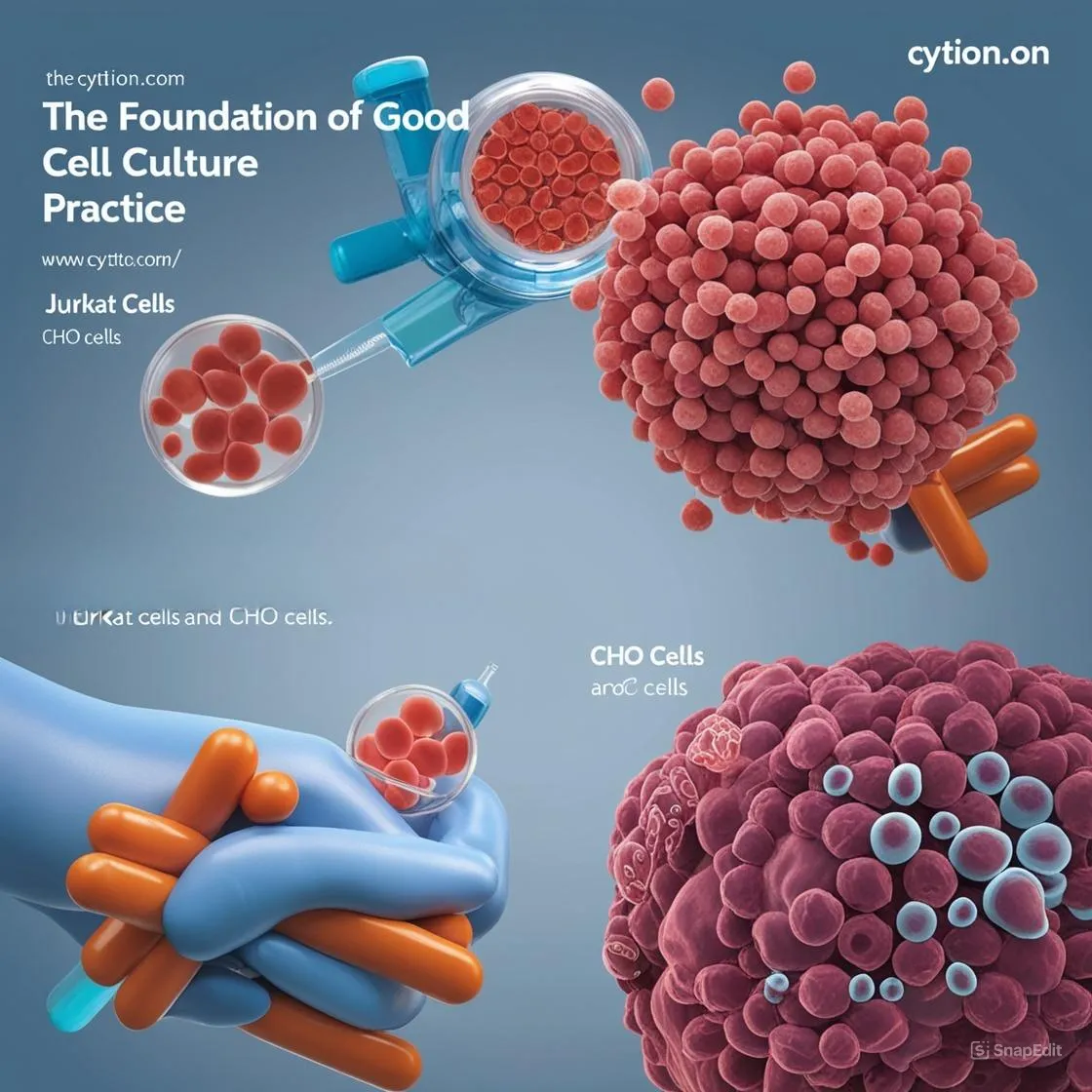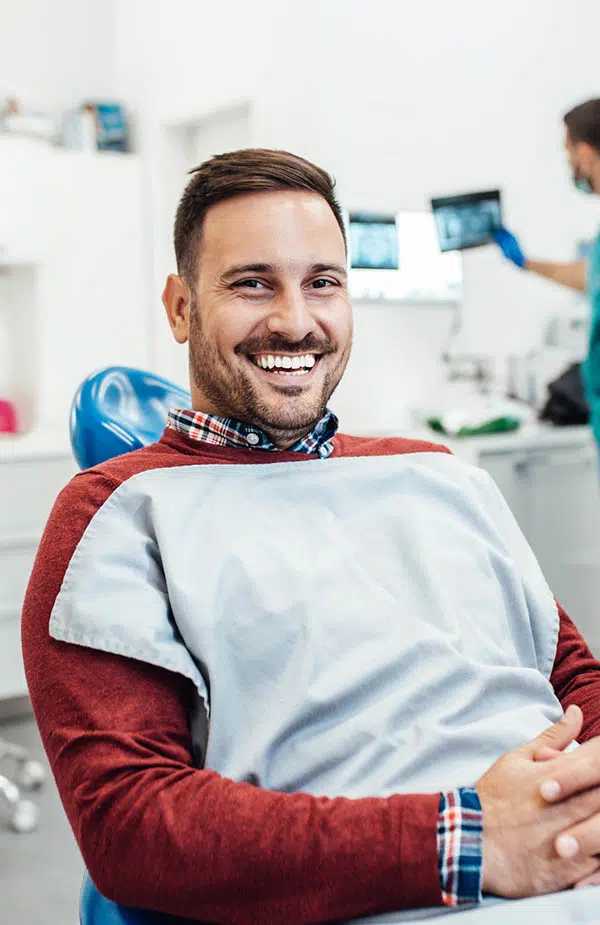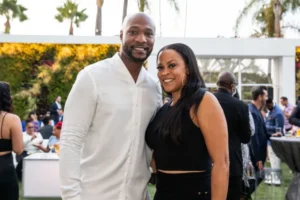Understanding PRP Treatment for Hair Loss – Benefits, Process, and Results
PRP treatment for hair loss is a revolutionary, non-surgical procedure designed to combat hair thinning and stimulate natural hair growth. PRP, or Platelet-Rich Plasma, is derived from a patient’s own blood and is rich in growth factors that promote tissue regeneration and healing. This innovative treatment has gained popularity among both men and women experiencing hair loss due to conditions such as androgenic alopecia, stress-related shedding, or medical conditions.
The core idea of the PRP treatment for hair loss lies in the use of the body’s intrinsic restorative characteristics to make sick hair follicles regain vitality. Consequently, this option is both natural and effective, with hazards to the minimum in comparison to the more invasive hair restoration methods such as hair transplants or pharmaceutical interventions.
The PRP Treatment for Hair Loss Process
PRP therapy for hair loss revolves around a simple and non-invasive process. It usually has three main steps:
Step 1: Blood Draw and Plasma Separation
The operation initiates with a health professional extracting a small volume of blood from the patient’s arm. The blood collected is then taken to a centrifuge, a machine that spins at high speed and separates blood components. At the end of this process, the Platelet-Rich Plasma is isolated from red and white blood cells and the growth factors that are responsible for tissue repair and regeneration are concentrated.
Step 2: PRP Injection into the Scalp
The moment the PRP is Readied, it is meticulously injected into the designated areas of the scalp that have the highest signs of hair shedding. The aim of the injection in this part is to introduce the growth factors straight to those areas. Thanks to this particular resin, the folic acid makes the blood circulation better and also activates the whole natural hair growth cycle.
Step 3: Recovery and Follow-Up Treatments
PRP treatment for hair loss is not a procedure that requires a long recovery time; most patients can return to their daily activities almost immediately. Injections are usually accompanied by minor redness or swelling at the site, which can resolve within a few hours. In case the need arises to see the expected result, several sessions would be the solution. Very often, three to four treatments are performed at intervals of four to six weeks, the maintenance is done every six to twelve months.
Additional Benefits of PRP Therapy for Hair Loss
One of the primary reasons PRP treatment for hair loss has become very well-known is its various advantages that it provides. Unlike traditional hair restoration methods, PRP is a natural approach that the body utilizes for its healing to restore hair growth. We explain below the significant benefits:
Non-Surgical and Minimally Invasive
PRP does not entail surgery, hence there are no risks related to more elaborate procedures. There are no cuts, stitches, or scars, and it is a safe and convenient option for people who want a non-surgical solution.
Stimulates Natural Hair Growth
PRP works by rejuvenating dormant hair follicles, accelerating the appearance of new hair. In fact, during the therapy, patients can very often notice that their hair becomes stronger, healthier, and fuller as a result of the stimulation of the natural hair growth cycle.
Safe with Minimal Side Effects
The fact that PRP is extracted from the patient’s own blood means that the chances of allergic reactions or side effects are much smaller. The procedure is safe, and the only side effects that are generally noted are mild swelling, redness, or tenderness at the site of the injection.
Complements Other Hair Loss Treatments
PRP therapy for hair loss can combine with other hair restoration methods such as medications like minoxidil or finasteride, laser therapy, and hair transplants. Effective as they are on each of their own, combining these therapies can be even more reliable and long-lasting.
Expected Outcomes of PRP Treatment for Hair Loss
People who have undergone PRP therapy for hair loss usually start noticing improvements in the first few months. Although individual outcomes differ, the majority notice a decrease in hair loss and an increase in thickness after the first couple of sessions.
Short-Term Results
The initial months after receiving PRP treatment typically see the patients having lower levels of hair loss. In fact, this can be seen as good evidence that the treatment is proceeding successfully because less hair is falling out, which implies that the follicles are regaining their strength and resilience.
Long-Term Results
If people keep up their treatment and tend to their scalps appropriately, the outcome of their thicker hair and overall good scalp condition can last longer. In time, PRP becomes thicker and fuller, and it improves their appearance and confidence.
Factors that Affect Results
Some elements can affect the success of PRP therapy for hair loss such as the patient’s age, the level of hair loss, and overall health. As a rule, patients with the first stages of hair problems see the best outcome, since this technique is more effective with the active hair follicles.
Conclusions
PRP therapy for hair loss is a natural and surgical-free alternative for people who want to replace their hair. PRP offers a safe and reliable way to foster hair growth, diminish shedding, and enhance overall hair quality. Thanks to reduced down time, side effects of minimal levels, as well as successful outcomes, it is no wonder that PRP has turned out to be the number one choice among those people experiencing hair loss. If you are thinking about PRP treatment for hair loss, you can always seek the advice of a well-trained medical expert who is capable of determining whether this cutting-edge method is the right option for you or not.














Post Comment